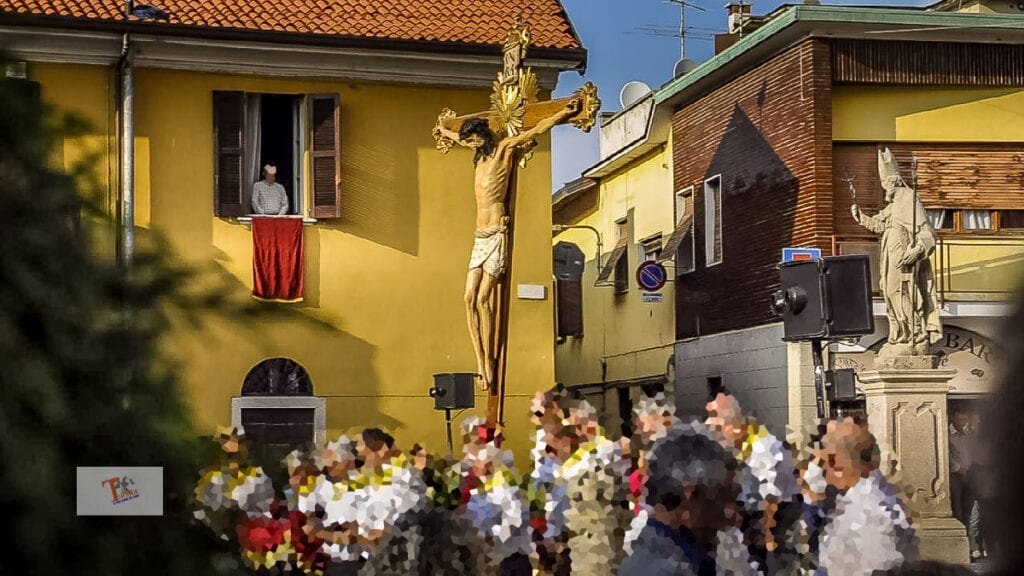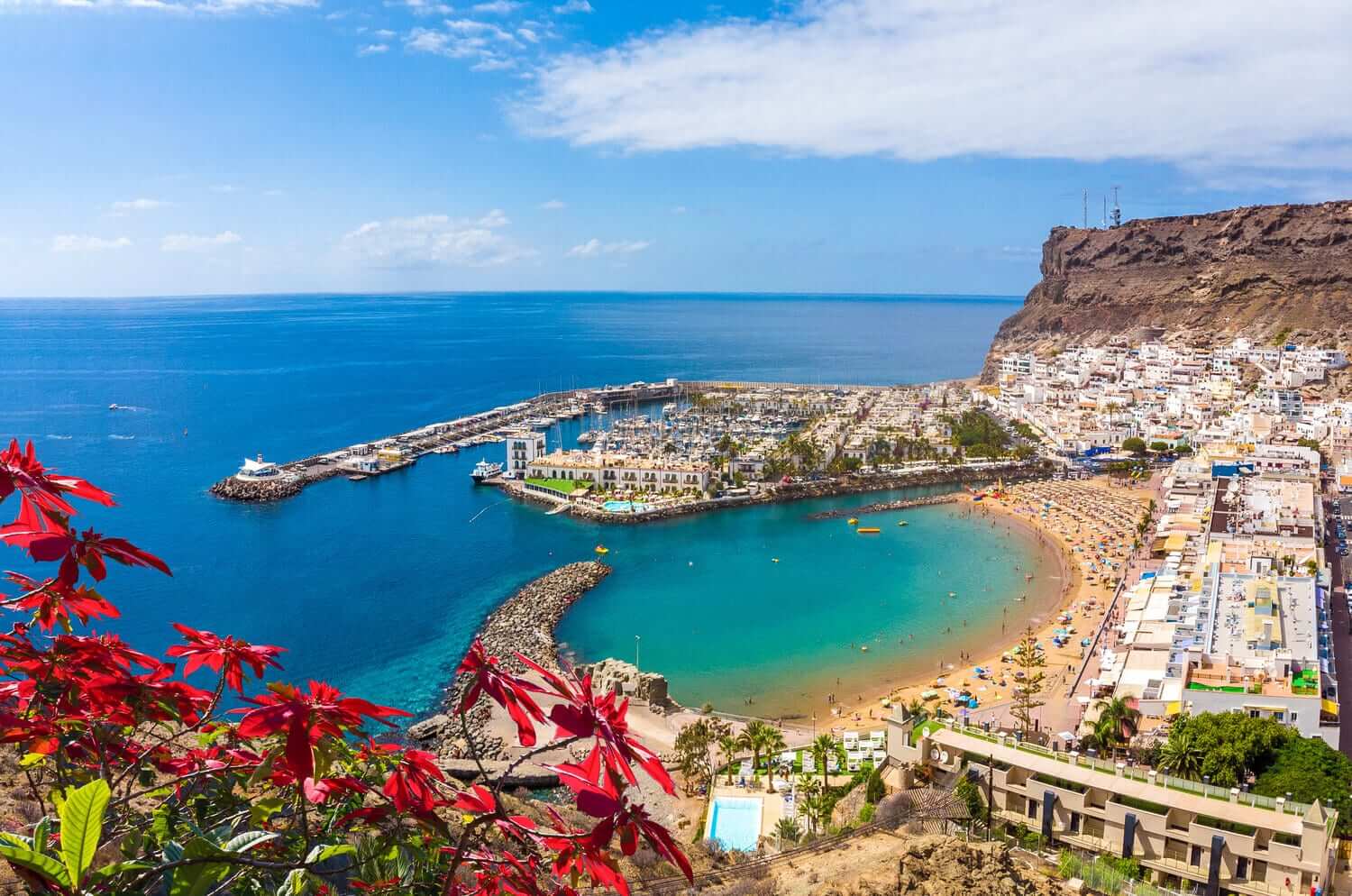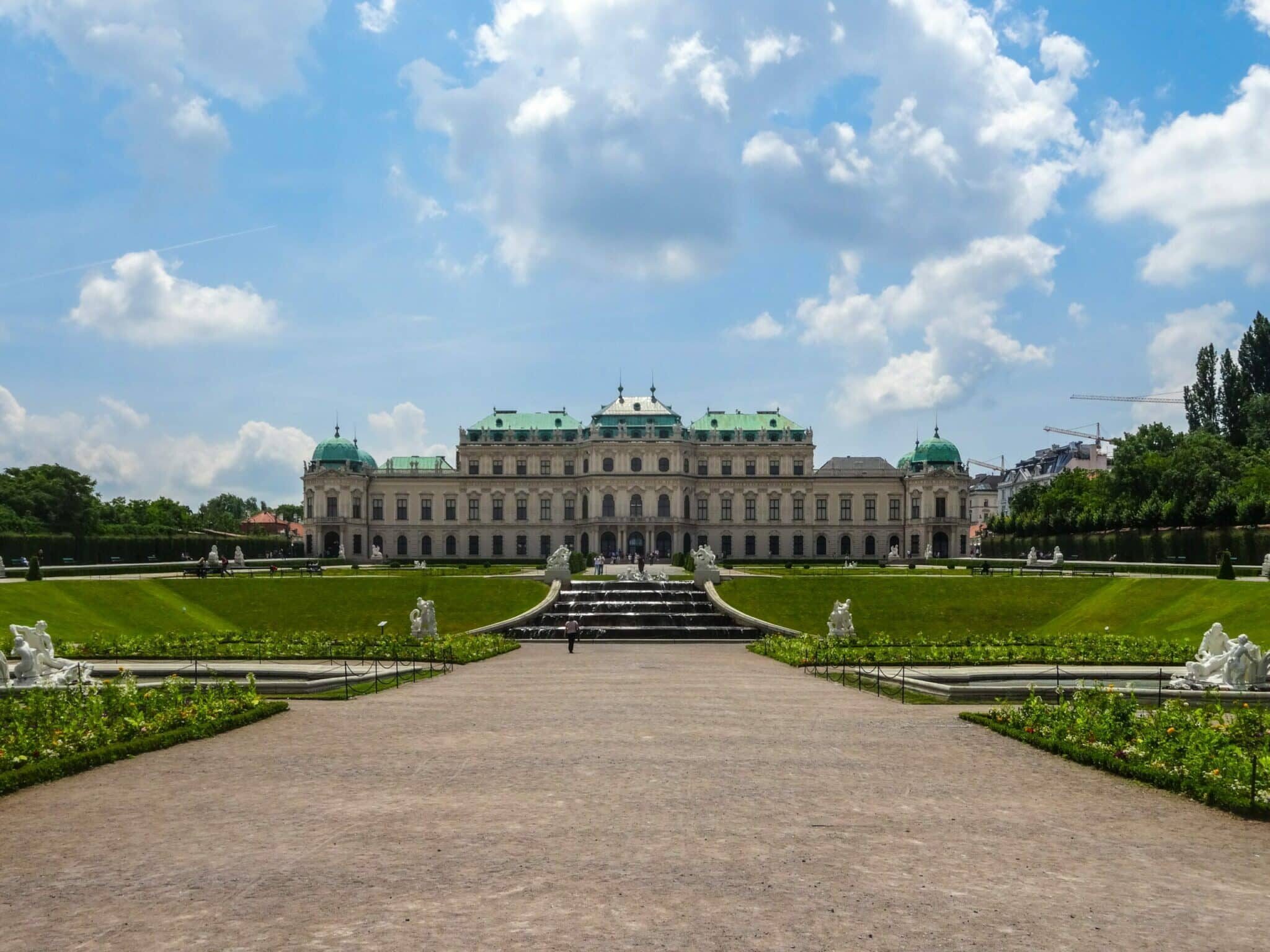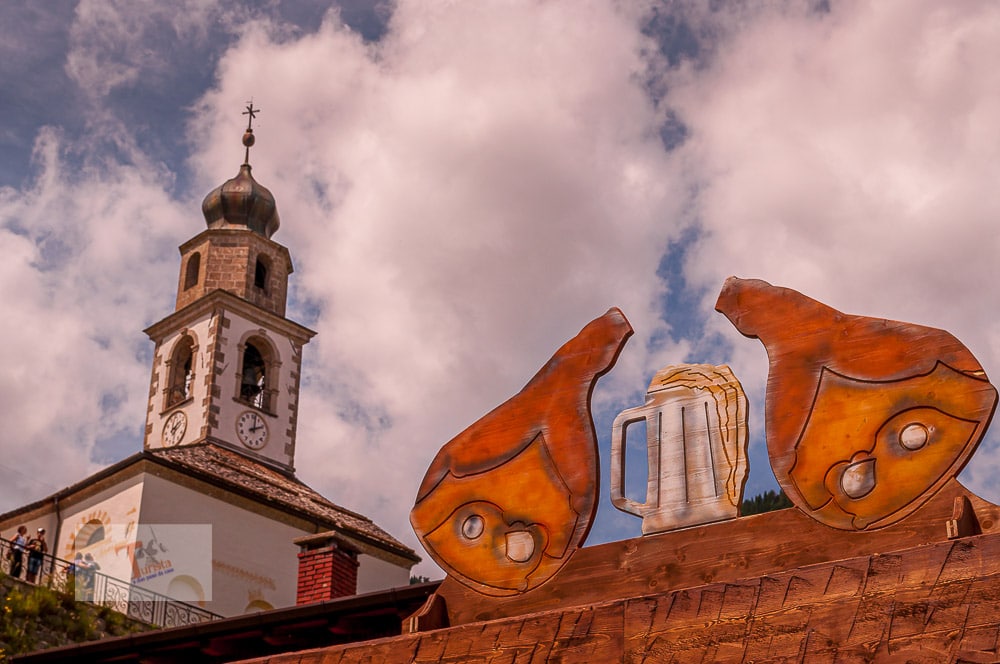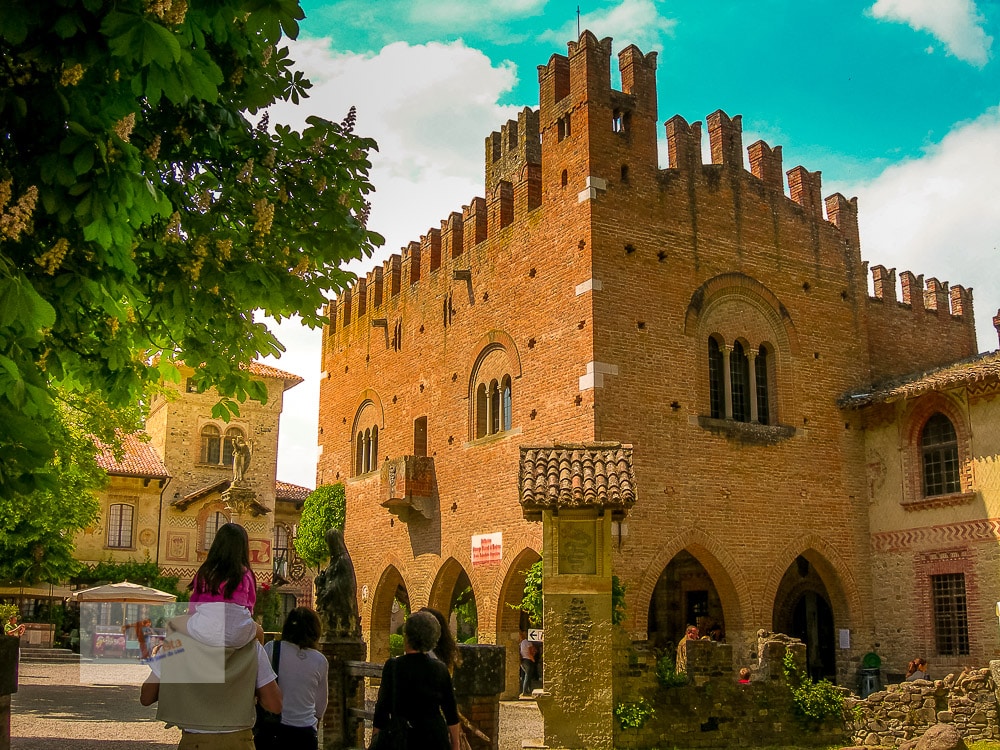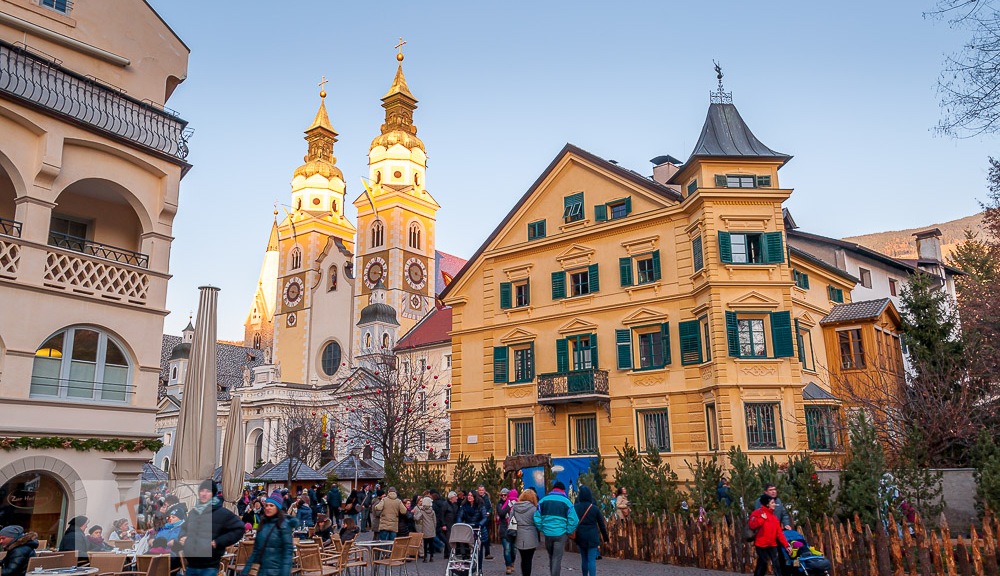A crucifix arrived who knows how in the locality of Castano Primo, we are in the extreme north-west of the metropolitan city of Milan, close to the Ticino river and on the border with Piedmont, and surrounded by mysterious legends that take us back to the time of the Crusades. Or maybe even earlier, but apparently also to miracles.
The wooden sculpture is exhibited behind the main altar of the parish church of San Zenone and is known as the Crucifix of miracles. We will understand why by discovering the legends that have arisen about this relic.
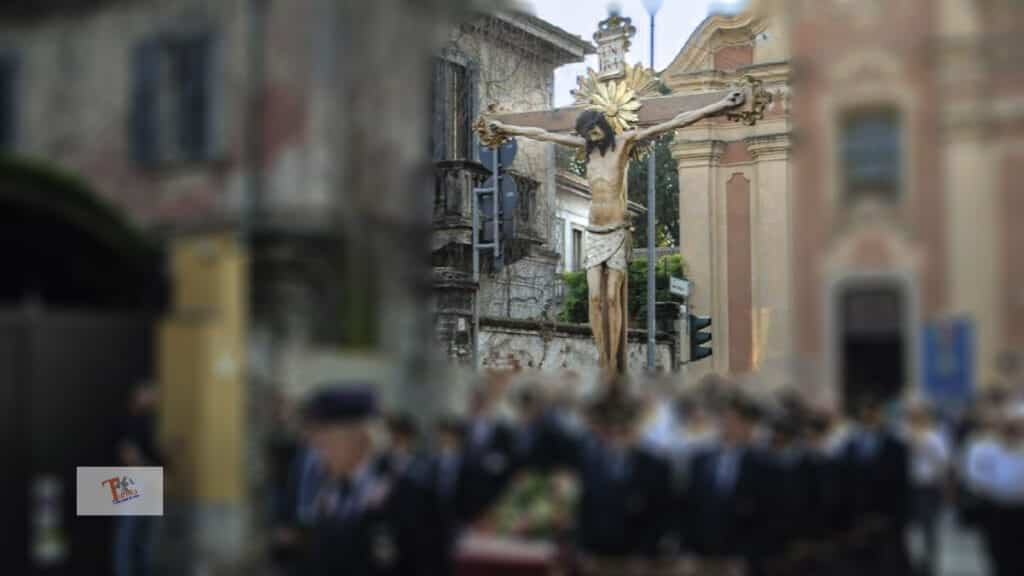
The legends
The first legend is that of how this crucifix came to Castano Primo. One of the popular hypotheses tells that he was brought here from Jerusalem at the time of the Crusades and later donated to the Parish of Castano Primo by a Knight of Malta, a certain Giambattista della Croce, known as Fra Rodolfo della Croce.
The latter, related to Bernardino della Croce, bishop of Como, would have had assets and bequests in the municipality of Altomilanese. In Como there is a similar crucifix and scholars hypothesize that this story is likely.
The Knight would have made a gift to the community of Castano Primo of this wooden sculpture, in thanks to Jesus for having saved him during the battle of Lepanto and the Thirty Years’ War.
The Crucifix from Jerusalem would have been carved by a person who personally saw Jesus on the cross. Other legends, however, give it as the work of the Evangelist San Luca, but the farmers of the area tell that in 1800 the Cross arrived with a flood of the Ticino river, indeed, the waters themselves dragged it to the village.
The opinion of the experts
The experts who have carried out in-depth studies on the wood of which this crucifix is made, estimate that it would be the work of the sixteenth century, a period in which there was a strong rise in devotion to the Holy Cross in the Milanese area. All this would be proved by a document dated 1556 which describes the Church of San Zenone di Castano Primo and mentions the presence in front of the main altar of a “large crucifix”.
The miracles
But this crucifix also seems to be miraculous. And various testimonies from 1600 would prove it. A century later, however, the area was hit by a terrible drought. In 1714 the rural world was brought to its knees by the lack of rainfall. The farmers saw the harvest increasingly compromised every day and no longer knew which saint to turn to. One of the city priests had the intuition to turn with confidence to the Crucifix and, according to the legend, “before night fell the sky darkened and was covered with clouds. Then it began to rain. The water flooded the countryside and filled the city wells, putting an end to the drought ”.
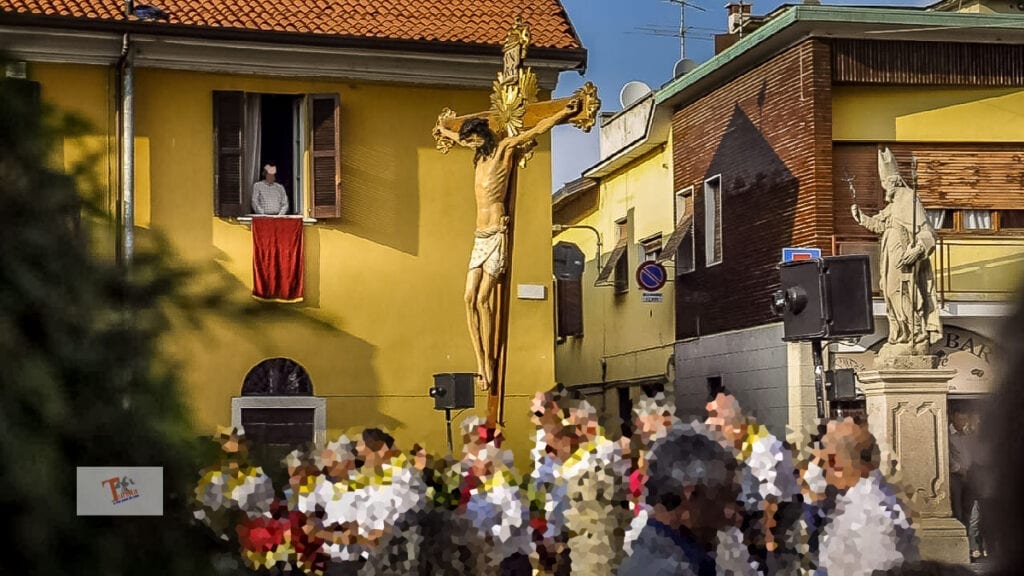
But miracles happened so frequently that even from neighboring countries there was an increasing adoption. Masses were celebrated in the name of the Crucifix, gifts were brought as ex-votos and someone sniffing the deal began to print small images to offer to the faithful.
The miracle of the Second War of Independence
In 1859, during the Second War of Independence, the Austrian army aimed its guns on the square of Castano Primo. With the French and Piedmontese troops on the opposite bank of the Ticino River, the citizens sought particular protection from their Crucifix by taking refuge in the church to pray for their city to be spared. It was just like that. The Austrians withdrew their weapons. The battle moved to nearby Turbigo and continued towards Magenta.
As a sign of thanks for the narrow escape, the population decided to carry the wooden statue in solemn procession for the whole town, promising a similar devotion every 25 years.
A tradition that repeats itself
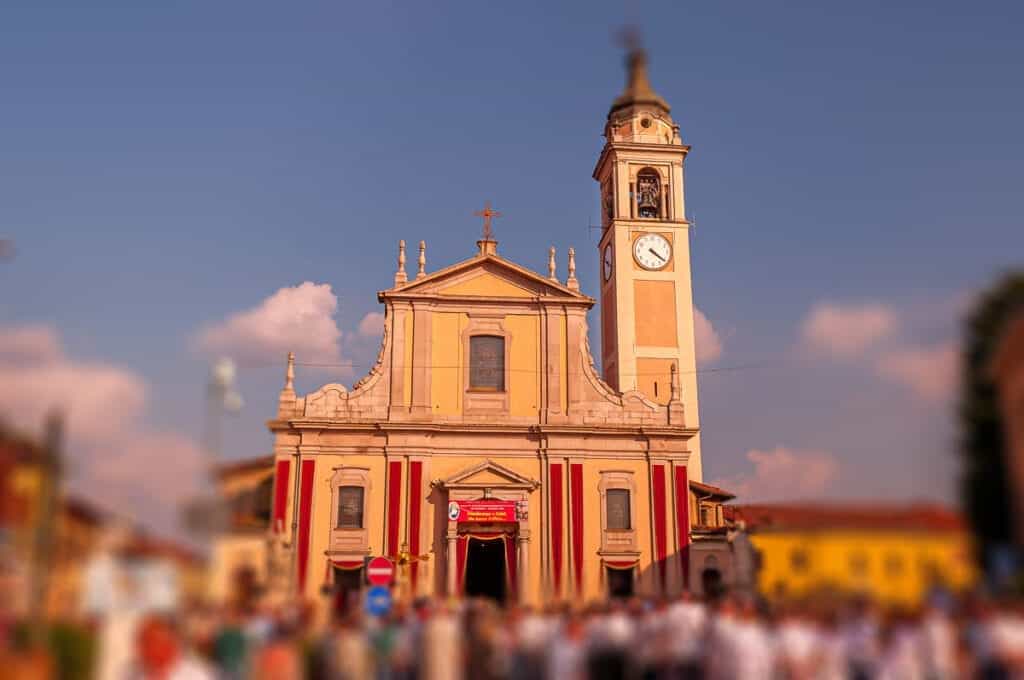
Since 1859 in this locality, in the name of the Crucifix, a great festival has been held that attracts thousands of people. The last solemn procession dates back to 2009, while the next will be in 2034. The place is decorated for the passage of the “miraculous Crucifix” carried on the shoulders by several volunteers through the streets of the town, as a sign of testimony of faith and devotion.
But how did the Holy Crucifix arrive in Castano Primo? The mystery remains unsolved.
How do I get to Castano Primo?
Castano Primo can be reached from the A4 Turin-Milan motorway, Marcallo Mesero exit, then following the freeway to Malpensa airport. North chestnut exit. Or from the A8 motorway (Milan-Varese) to Busto Arsizio, then towards Malpensa. Castano Nord exit. You can also arrive by train. The Castano Primo station is on the Saronno-Novara line of the Trenord railways.

